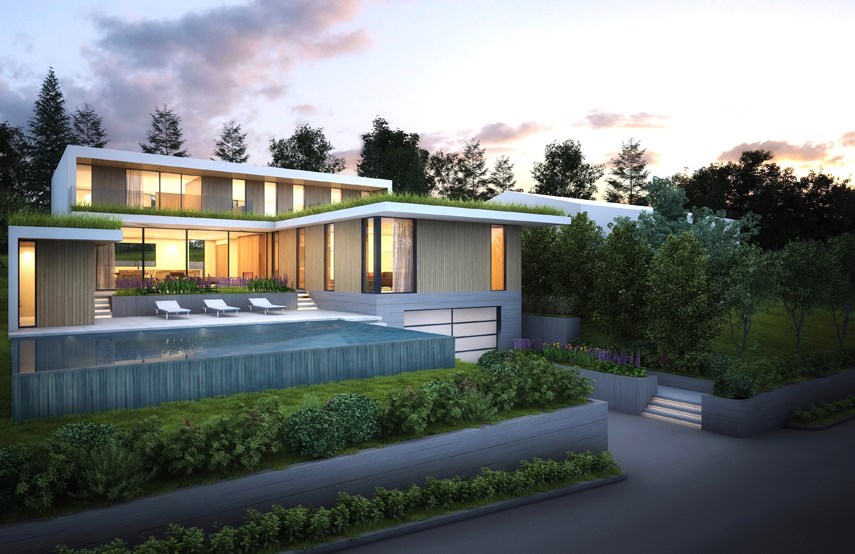The concept might be billed as a passive endeavour but that’s a good thing in this case.
The passive house building energy standard originated in Germany in the late 1980s and has emerged as possibly the world standard in ultra-energy efficient building techniques, explained Alexander Maurer of Marken Design + Consulting, a project consulting firm that focuses on implementing progressive sustainable design concepts.
Marken D + C is hoping to start construction on North Vancouver’s first passive house residence later this year, assuming building permits are approved by the District of North Vancouver.
While a passive house can facilitate a number of styles and designs, the aim in construction is to achieve a residence or building of superior energy efficiency, Maurer explained.
“You design and construct a building so that it uses up to 90 per cent less energy for heating and cooling and the overall energy consumption is being reduced by up to 65 per cent,” he said. “The strategy to achieve that is you have a better insulated building, that you have high-efficiency triple-paned windows, that you design the building so that you take advantage of the sun during the wintertime to do most of the heating, and also that you have a heat-recovery ventilation system that brings in fresh air all year round.”
Marken D + C’s North Vancouver passive house is a planned 3,800-square-foot West Coast modern home slated for the Capilano neighbourhood.
It’s estimated that there are more than 60,000 passive house buildings around the world and only about 30 buildings in Canada achieving this level of energy efficiency, according to Maurer.
“There are about 15 in the Lower Mainland that are currently either in construction or completed and there are 50 being planned for the Lower Mainland. There’s a big pickup on passive house and one of the reasons being is that the City of Vancouver has included passive house in their building bylaws as part of the zero-emission building standard.”
Maurer added that the project slated for North Vancouver would be billed as a passive-house-plus residence because, due to a 10-kilowatt photovoltaic solar system, the house would actually produce its own electricity.
“If you're looking at heating costs for this particular home, we estimate that it will be about $350 for the whole year,” he said.
Asked why the construction of a passive house would be good for North Vancouver Maurer said it was because it could help showcase how energy efficient construction could be achieved in a fairly cost efficient manner.
More information on Marken D + C’s North Vancouver passive house concept can be found at markendc.com/prefab-passive-house-north-vancouver.html.



